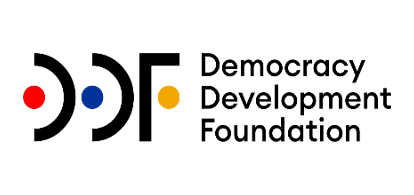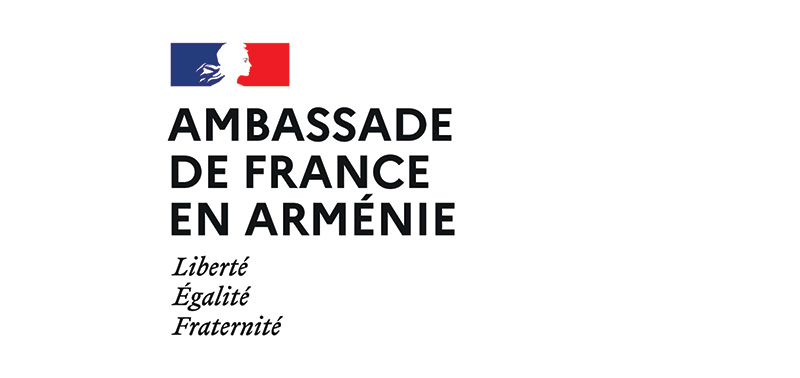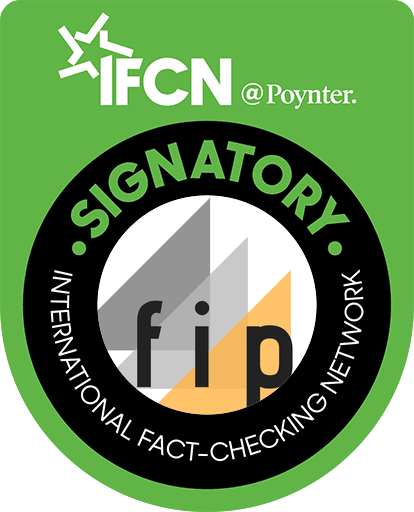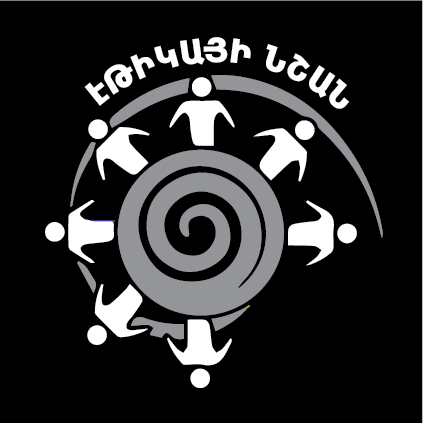During a panel discussion of the Armenian and Azerbaijani leaders on the Nagorno Karabakh conflict in Munich on February 15, Ilham Aliyev stated that 20% of Azerbaijani territory is occupied due to Armenia’s aggression.
In particular, Aliyev said: “In the early 1990s, Armenia launched an aggression against the Republic of Azerbaijan, as a result of which 20 percent of our territory is now occupied, and one million Azerbaijanis have become refugees and internally displaced persons.”
The Fact Investigation Platform has decided to check these and a number of other claims by Ilham Aliyev to see if they are true.
Armenian forces did not “occupy” 20% of Azerbaijan’s territory
Azeri officials often put forward the thesis that Armenia allegedly occupied 20% of the territory of their state.
The territory of Soviet Azerbaijan (including Nagorno-Karabakh) was 86,600 square kilometers. The total area of the Artsakh Republic is 11,500 square kilometers.
A simple calculation shows that Armenia controls only 13.3% of the territory of Soviet Azerbaijan and not 20%.
Moreover, British journalist, writer Thomas de Waal has also written about the territories actually controlled by Armenian forces in his book Black Garden. Armenia and Azerbaijan through Peace and War. On pages 285-296, he wrote that former President Heydar Aliyev put forward the idea of the 20 percent. And not wanting to contradict their president, the Azeris continued to repeat that Armenians “occupied” 20 percent of Azerbaijan’s territory. Taking full account of the former Nagorno-Karabakh Autonomous Oblast, as well as all regions that are part of the present-day Republic of Artsakh, and recognizing that his calculations may have slight deviation, Thomas de Waal wrote: “Armenia controls a territory of 11,797 km2, which used to be a territory of Azerbaijan. The total area of Azerbaijan is 86,600 km2. So the occupied part is 13.62 percent of Azerbaijan, which is a big number, but not as much as President Aliyev’s assertion” de Waal wrote.
In fact, Ilham Aliyev’s assertion that 20% of Azerbaijan’s territory is under occupation because of aggression by Armenia is wrong.
No 10 states have recognized the independence of the Republic of Artsakh
During the same discussion, the Azeri president also stated that several states have recognized the independence of Artsakh. “More than 10 states have recognized Nagorno Karabakh as an independent state” he said.
Later in his speech, Aliyev contradicted his own idea, saying that Artsakh is not a recognized state. “… No one recognizes this illegal entity” he said.
The website of the Ministry of Foreign Affairs of the Republic of Artsakh lists the names of those entities that recognized Artsakh as a separate state.
According to the website of the Ministry of Foreign Affairs of the Republic of Artsakh, eight US, one Australian state and the Basque Country adopted resolutions in support of the right of the people of the Nagorno Karabakh Republic to self-determination. But Artsakh has not been recognized by any state.
It is noteworthy that Aliyev expressed this idea shortly after speaking about the Khojaly events. It is known that the events of February 1992 were qualified as genocide by 10 states, according to the Azerbaijani side. Probably it was a slip of the tongue by Aliyev. By the way, we have already addressed Aliyev’s assertions about Khojaly in a separate article.
The assertion there are two parties to the conflict is not true
Azerbaijani President Ilham Aliyev also stated that there are two parties to the Nagorno Karabakh conflict. “There is no Nagorno-Karabakh army. There is no Republic of Nagorno Karabakh. There are only two parties to the conflict – Armenia and Azerbaijan. Ask the OSCE Minsk Group Co-Chairs who the parties to the conflict are. They will say the same: Azerbaijan and Armenia, not Nagorno Karabakh. Why not? It’s another matter, but we won’t talk to them” Aliyev said.
However, there are several important documents in which Nagorno Karabakh was mentioned as a party to the Artsakh conflict. In particular, the 1994 ceasefire negotiations in Bishkek were held with the participation of Artsakh Parliament Speaker Karen Baburyan. The Bishkek protocol was also signed by Baburyan along with the Presidents of the Parliaments of Armenia and Azerbaijan.
Moreover, the ceasefire document was signed by the Defense Ministers of the three parties – Serzh Sargsyan (RA), Samvel Babayan (NKR) and Mammadrafi Mammadov (Azerbaijan).
The last trilateral meeting between representatives of Armenia, Nagorno-Karabakh and Azerbaijan took place in Moscow in spring 1997.
It is also noteworthy that Nagorno-Karabakh participated in the negotiations until 1998, and on November 10, 1998, the “Common State” option proposed by the mediators to the conflicting parties was also sent to Nagorno-Karabakh for an opinion.
Thus, although throughout the discussion the Azeri leader claimed that his arguments were correct and could be verified on the Internet, he did, in fact, make claims that distorted the reality.
As for the authenticity of the historical facts mentioned during the meeting between Aliyev and Pashinyan in Munich, we will address them in future articles.
Lusine Voskanyan

 FACTOMETER
FACTOMETER










